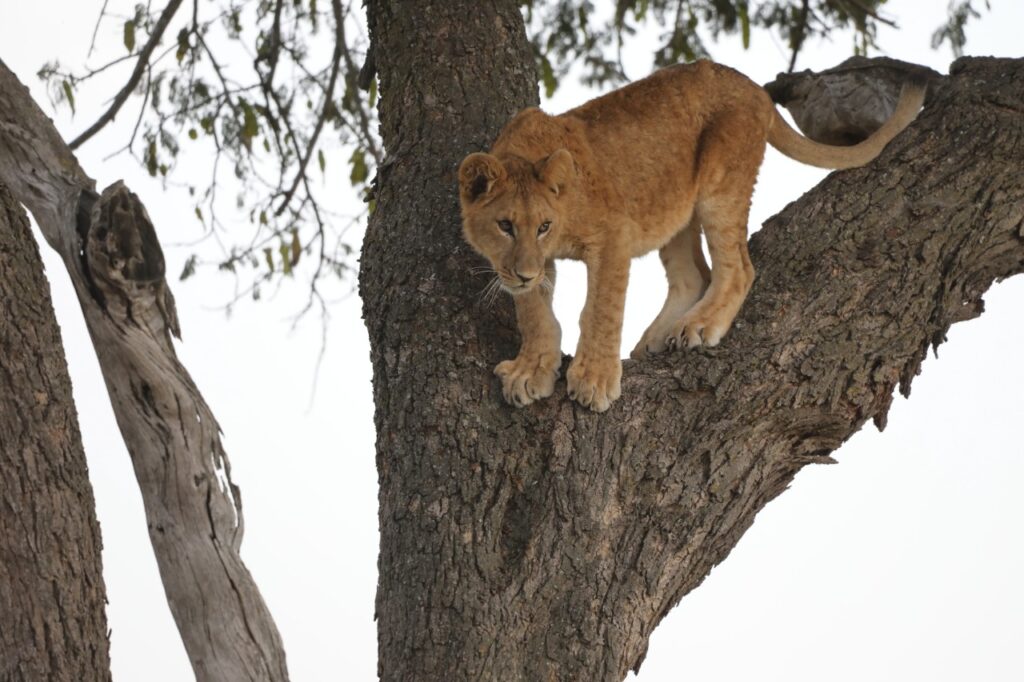The Ngorongoro Conservation Area
Giant Kingfisher
Tawny Eagle in Serengeti National Park
Bateleur on flight in Tarangire National Park
Flamingoes in Lake Natron
African white backed vulture
Lesser masked in Tarangire National Park
Secretary bird in Serengeti National Park
Lilac breasted roller in Serengeti National Park
Golden Winged Sunbird
Ostrich
Previous
Next
Overview:
The Ngorongoro Conservation Area (NCA) is a UNESCO World Heritage Site in northern Tanzania, famous for its stunning landscapes, rich wildlife, and unique geological features. The centerpiece is the Ngorongoro Crater – the largest intact volcanic caldera in the world and one of the best places in Africa to see the Big Five in a single day.
Key Features of Ngorongoro
Ngorongoro Crater
- Formed when a giant volcano exploded and collapsed around 2-3 million years ago.
- Diameter: 19 km (12 miles)
- Depth: 600 meters (2,000 feet)
- The crater floor is a natural enclosure for wildlife, acting like a “natural zoo” with a permanent population of animals.
Wildlife
- Over 25,000 animals live in the crater year-round.
- Big five all present: lion, elephant, buffalo, rhino, and leopard.
- Black rhino: Ngorongoro is one of the few places in Tanzania where you can still see this endangered species.
- Other species include: Hyenas, jackals, zebras, wildebeests, Flamingos around Lake Magadi (inside the crater), Hippos in wetlands
Scenic Beauty
- Dramatic crater walls, lush forests, open savannah, and soda lakes.
- Spectacular panoramic views from the crater rim.
Cultural Significance
- Home to the Maasai people, who live and herd cattle within the conservation area.
- The NCA is unique in allowing human habitation while preserving natural ecosystems. • Nearby attractions include:
- Olduvai Gorge: One of the world’s most important paleoanthropological sites.
- Maasai villages offering cultural experiences and visits.
Location & Access
- About 180 km (3-4 hours’ drive) west of Arusha.
- Part of the Northern Safari Circuit, often combined with Tarangire, Lake Manyara, and Serengeti.
- Accessible by road and small charter flights.
Best Time to Visit
- Dry Season (June to October): Best for wildlife visibility.
- Wet Season (November to May): Lush scenery, fewer tourists, ideal for bird watching. • The crater can be visited year-round due to its unique ecosystem.
Why Visit Ngorongoro?
- See the Big Five in one day.
- Visit a place where wildlife, landscape, and culture meet.
- Incredible photo opportunities from the crater rim and floor.
- Rich in archaeological and anthropological significance.
- Often ranked among the top safari destinations in the world.
Popular Activities
- Crater game drives
- Guided nature walks on the crater rim
- Cultural visits to Maasai bomas
- Visits to Olduvai Gorge museum
- Bird watching
- Photography safaris






